Tupelo, MS: The Lyric Theatre
Address: 201 N Broadway St, Tupelo, MS 38804
Opened: 1912
Status: Open occasionally for camps, performances, and movie showings
Elvis Dates: 1935-1948
I Visited On: March 15, 2023 & June 8, 2023
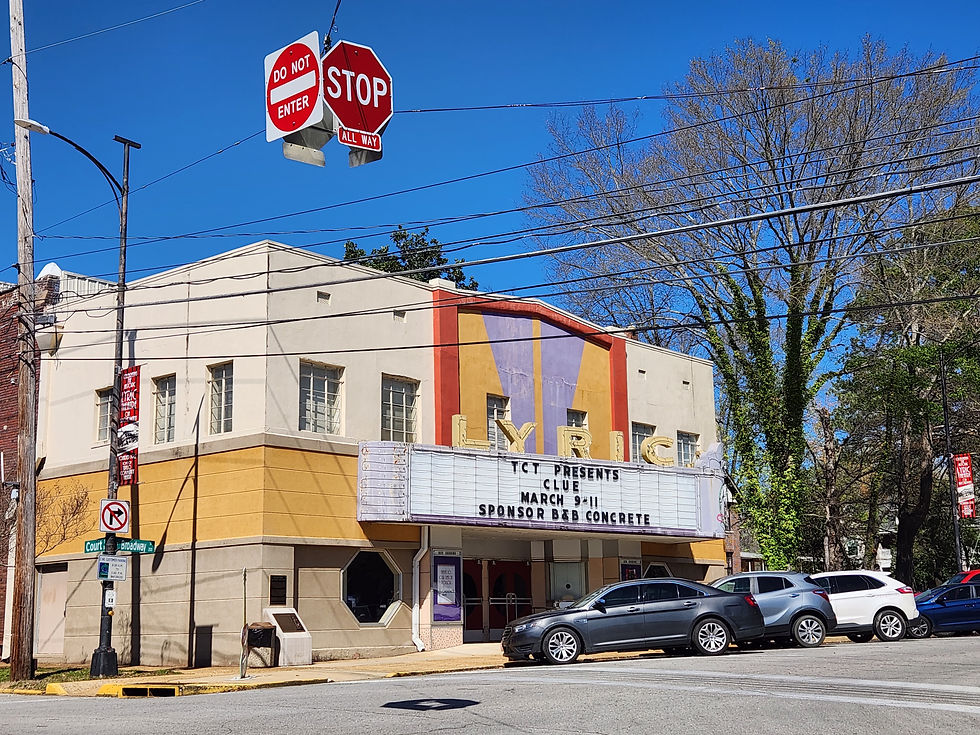
My experience
The first time I visited the theatre was March 2023 and all I could manage to get was a picture of the outside, but when I came back in June 2023, I got inside. There was a sign on the ticket window, saying that tickets were on sale in the office at the right-side of the building. Both the doors were locked, but there was a light on. I knocked and a man that's on the city council answered--I never got a name. I asked if I could see inside and he said, "Well, we don't really do that, but what the heck, I'm not doing anything. Why not?" Although the lights weren't on inside and I didn't get to go up into the balcony, I did get to see the main theater's floor seating and the lobby, as well as hear of the theatre's resident ghost.

While I was there, the councilman also told me about a new addition to the theatre's interior--a small framed painting inside the door on the right wall. He said that, decades ago, a man had driven around the country and painted around 150 different old theatres. He never told anyone he did this and not long ago, the man passed away and his daughter found the paintings. She and her husband loaded all of the paintings into their RV and started driving around delivering them to the theatres.
Picture - The plaque reads: Bill Orling was born in 1930 om Flint, Michigan. In the late 1960sm Orling (a self-taught artist) began sketching and painting the houses, businesses, and street scenes in and around the St. John Street area in Flint where many of his childhood friends lived. In the early 70s, Orling found out the community he loved was going to be bulldozed in the name of progress (expressway, Buick factory and parking lot). He felt an urgency to continue his drawings, and that he, and only he, was sent there to capture this one time thriving community before it was all gone. In 1978, he received a Heritage Award from the Genesee County Historical Society for his efforts on behalf of local history. With the same compassion, Orling began painting the theatres in the Flint area. He saw them also slowly fading away knowing how important they were to the town's history. From Flint, Bill and his wife, Barbara, traveled (on yearly 2 week vacations from 1982-88) to other states following a 1940 book of American theatres that would later become paintings. All total, approximately 150 theatres were captured with acrylic paint on board panels. His daughter and son-in-law have made it their mission (starting in 2021) to donate the remaining paintings to towns who have interest in his art and dedication to their theatre.

History of the theatre
The theatre was opened in 1912 by R.F. Goodlett as the Comus, hosting live vaudeville shows (comedies with psychological and moral intentions). In 1914, the theatre started showing talkies (movies with audio) on movie screens.
In 1924, the theatre became part of the Saenger Circuit and was renamed the Strand Theatre. It only became the Lyric Theatre in the 1930s when it joined the Malco chain.
With the Lyric name came renovations to the entire building. The interior got new seats in the theatre and a new interior design overall, that gave it an art deco look. The exterior, which started as all plain red brick, got an overhang with neon lights and some paint. The theatre continued hosting stage productions and movies like it did before.
In 1936, during what is now know as the fourth deadliest tornado disaster in U.S. history with 210-250 recorded casualties (the estimate only includes white deaths, the black casualties were never counted due to the racism of the era - the actually number is probably near 350), the Lyric Theatre acted as a makeshift hospital and morgue. With no place to put them, many of the corpses were stored in the building's crawlspaces until they could be moved / buried. The tornado that struck the town had a F5 rating (on a scale of 1-5), the base of the tornado was about 3 city blocks wide (about 800 ft/245 m), and moved at over 300 miles an hour; it decimated 99.9% of Tupelo, leaving only two large buildings in good shape, including the Lyric, and a handful of others in one piece.
The Lyric Theatre was closed in 1984, but was bought soon after by the Tupelo Community Theatre for $100,000. The venue mainly hosts live stage performances, now.
...
The building is also said to be haunted by the ghost of a child who died in the 1936 disaster. The staff affectionately named him Antoine (Ann-twon), and anything unexplainable that happens in the building, like disembodied humming and people's keys shoved into hard-to-reach places, is pinned on the friendly and mischievous ghost.
*Another ghost theory: Antoine is the ghost of one of the theatre's caretakers who worked under the stage shoveling coal, and he had an apartment in the building.
Picture - The plaque reads: The Lyric Theatre | Home of Tupelo Community Theatre | The Lyric Theatre was built in 1912 by Mr. R. F. Goodlett. Originally named the Comus, it hosted live vaudeville shows. In the 1930's it became a part of the Malco chain of movie houses and the name was change to the Lyric Theatre. Its sturdy brick walls made the Lyric one of the few buildings to escape the fury of the 1936 tornado. A popular local legend tells that Elvis "stole" his first kiss in the balcony of the Lyric.
Sixteen visionary leaders founded Tupelo Community Theatre in the spring of 1969 when they formed an organization to "develop, promote, teach and stimulate interest in the dramatic arts." Those charter board members were Marilyn Bank, Sandy Ford, Martha and Rowland Geddie, Martha and Bill Hitch, Jack Kellum, Linda Kinsey, Ruth and Gus Liveakos, Mary Alice McAlister, Margaret Anne Murphy, Jerry Napier, Jean Pettis, Edith Thomas, and Charlotte Westbrook.
In its early years TCT performed in venues all over the city and in a converted church building on East Main Street. In 1984, the Lyric had outlived its usefulness as a movie theatre and TCT purchased the historic theatre and restored it to be its permanent home.
Thank you to the thousands of volunteers and patrons who have contributed to the success of Tupelo Community Theatre.
For some Lyric Theatre ghost stories, visit: https://www.djournal.com/news/something-strange-in-your-neighborhood-tupelos-lyric-theatre/article_5ba5e858-adfc-5884-bf15-94f1dcc95d3b.html
The Lyric Theatre offers ghost tours some weekends in October, you can buy tickets at this link when they become available: https://www.tupelomainstreet.com/2022-downtown-tupelo-events/2022/hauntedtheatre-tyewn-xytj9-4328j
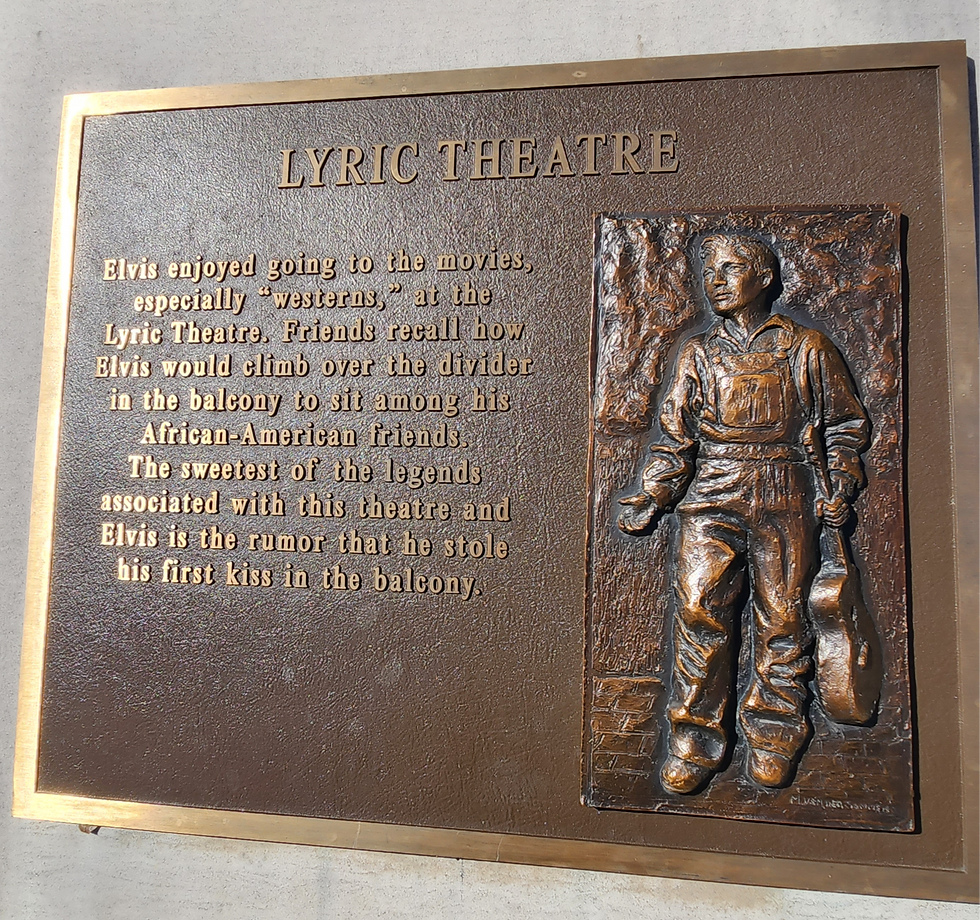
Elvis at the theatre
There isn't too much in regard to stories about Elvis here, mostly since he wasn't in Tupelo for a lot of his life. But there is a little.
The first story that's more of a rumor, is that "he stole his first kiss in the balcony."
The second story is taken from a December 2019 interview with Sam Bell, Elvis' childhood friend. The story is as follows: "It was segregated," Bell said. "He would go into the white side. He'd buy some popcorn. I'd go into the black side. When we got upstairs, they had a little banner that separated the races and he's just cross over there. So, we'd sit in the aisle instead of using the seats. We'd sit in the aisle and we'd watch the westerns and all of that."
Picture - The plaque reads: LYRIC THEATRE | Elvis enjoyed going to the movies, especially "westerns," at the Lyric Theatre. Friends recalled how Elvis would climb over the divider in the balcony to sit among his African-American friends. The sweetest of the legends associated with this theatre and Elvis is the rumor that he stole his first kiss in the balcony.
My pictures of the theatre
Other pictures of the theatre
The Presley's and the tornado, 1936 - Alanna Nash book excerpt
"Such a calamity came dangerously close [to taking everything away that mattered to Gladys] on April 5, 1936, when the fourth deadliest tornado in United States history roared through Tupelo, taking 235 lives, injuring another 350 residents, and decimating forty-eight city blocks. “It sounded like a bunch of freight cars running together,” Magnolia Clanton remembered. “It just hit and you heard people screaming in the streets and you didn’t know which way you were going or which way you were going to go because you went crazy.” As the storm first gathered, the winds tearing through the trees and the sky darkening to an ominous shade, Noah Presley ran for his school bus. He drove to Jessie and Minnie Mae’s home, gathering his parents and then
Vernon and Gladys next door, so they could all be together at his house, which was stronger and larger than anyone else’s. Gladys held one-year-old Elvis close up against her, climbed on the bus, and the family then hurried to the Baptist church, where Vernon’s sister, Little Gladys, as he called her to differentiate her from his wife, was in worship. Jessie rushed to the back of the church and issued the storm warning to the congregation, and then they were off to Noah’s. There, the men braced themselves along the planks on the south wall for added strength while the women prayed. In a comical scene, Minnie Mae fainted, then came to, and fainted again, over and over, while Gladys huddled in the corner, too frightened to speak, a death grip on her blond- haired, blue-eyed baby. However she, too, nearly lost consciousness when she returned home. The Methodist church directly across the street had been totally leveled, yet the storm had left the little homemade house untouched."
-An excerpt from Alanna Nash's "Baby, Let's Play House: Elvis and the Women Who Loved Him"
Please, credit me, if you use my pictures.
Sources:
Alanna Nash's "Baby, Let's Play House: Elvis and the Women Who Loved Him"
https://www.tupelomainstreet.com/2022-downtown-tupelo-events/2022/hauntedtheatre-tyewn-xytj9-4328j
https://www.onlyinyourstate.com/mississippi/haunted-lyric-theatre-in-tupelo-ms/
https://newstupelo.com/tupelo-news/lyric-theatre-and-its-haunted-history/



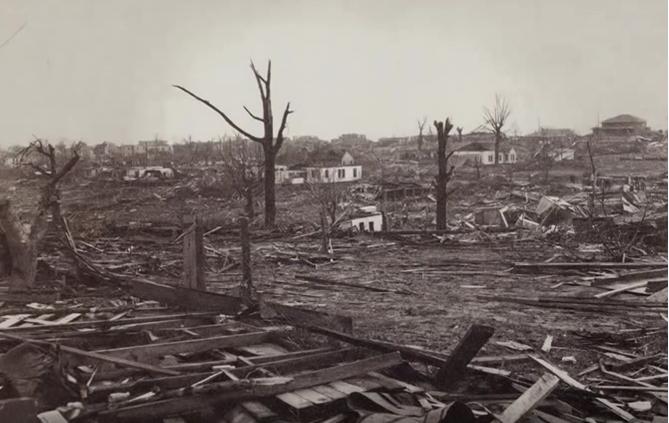

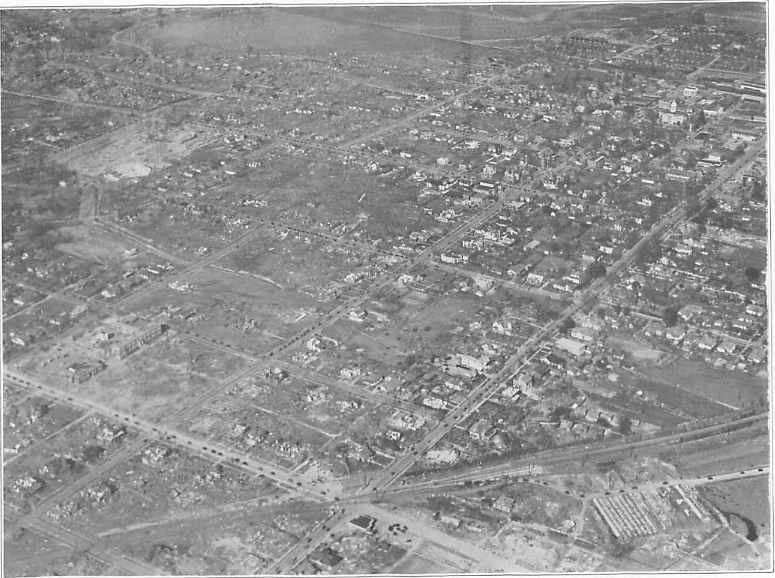













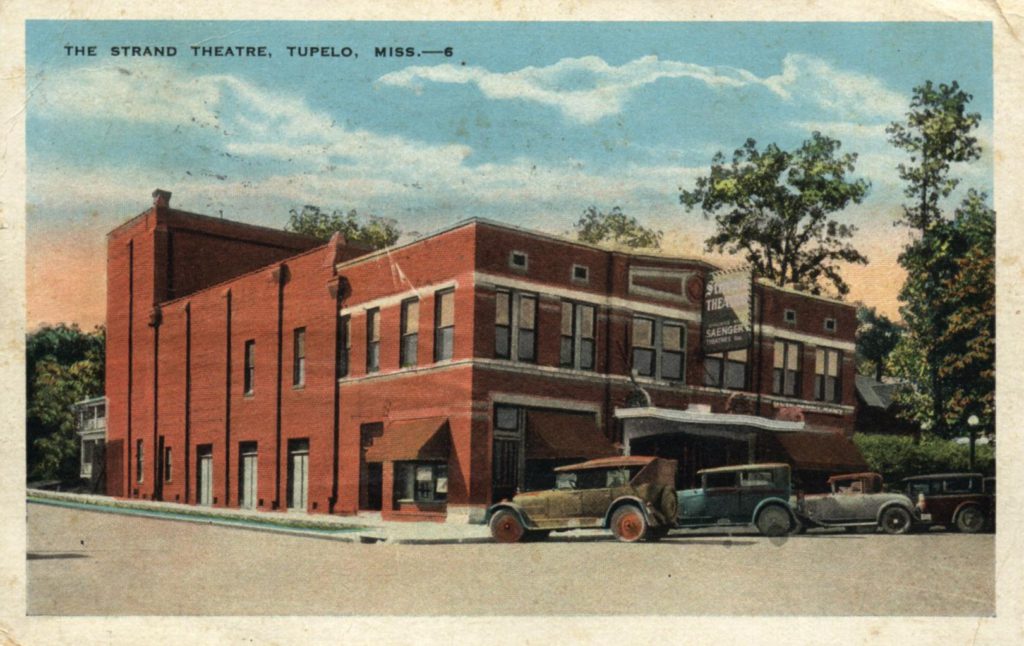





Comments